Therefore, amending the Law on High Technology, which maintains regulations on high-tech agriculture and high-tech agricultural zones, is necessary to develop an effective and sustainable agriculture.
Need to perfect institutions and policies with long-term vision
Discussing the draft Law on High Technology (amended), the majority of delegates assessed that the draft law has institutionalized and is consistent with the guidelines, policies and strategies of the Party and the State, creating new momentum for the development of science, technology and innovation. However, to promote the country's faster and more sustainable development in accordance with the spirit of the "four pillar resolutions" (Resolution No. 57, Resolution 59, Resolution No. 66 and Resolution No. 68 of the Politburo ), the Drafting Committee needs to study and institutionalize more clearly the policies and breakthrough measures to promote research and development of high technology, strategic technology, strategic products, etc.

In particular, regarding the regulations related to the application of high-tech agriculture, the majority of delegates suggested that the drafting committee study and retain all regulations on high-tech agriculture, high-tech agricultural enterprises and high-tech agricultural zones in Articles 16, 19 and 32 of the current Law. Delegate Nguyen Van Manh (Phu Tho) pointed out that in reality, the whole country has 34 high-tech agricultural zones planned in 19 provinces, many of which have operated effectively and attracted large investments. If abolished, it will create a legal gap, causing difficulties in planning, land procedures, organization and assignment of tasks of state agencies. Therefore, retaining and perfecting regulations on high-tech agricultural zones is necessary to ensure a legal basis for localities to continue to maintain and develop this model.
Sharing the same view, delegate Pham Hung Thai (Tay Ninh) emphasized that maintaining regulations on high-tech agriculture will help maintain favorable conditions for attracting investment in the agricultural sector, in line with the policy of modernizing agriculture and rural areas. High-tech agricultural zones need to be maintained to have a basis for issuing preferential policies and encouraging socio-economic development in rural areas with advantages in agricultural production.
In addition, some delegates proposed to build a list of high technologies that are prioritized for investment right in the Law, as a basis for determining the fields that need encouragement, support or priority for technology transfer, instead of just waiting for detailed regulations from the Government later. The Law on High Technology (amended) needs to ensure inheritance and stability, but at the same time have a long-term vision, creating a strong enough legal corridor for Vietnam to make a breakthrough, closely linking technology development, innovation and the country's sustainable development goals.
Need to clarify criteria for the model of "High-tech urban area"
Regarding the regulation on “High-tech urban areas”, delegates assessed that this is a new approach, of strategic significance in forming a high-tech ecosystem associated with research, training, production and commercialization of high-tech products in modern urban spaces. However, for this model to be feasible, a clearer legal framework is needed. For example, Clause 1, Article 24 stipulates: “A high-tech urban area is an urban area with a part of its area being a high-tech zone”. Although this definition is general, it lacks specific quantitative criteria, which can easily lead to arbitrary application or exploitation in planning, reducing the quality and objectives of the model.
Delegate Mai Van Hai (Thanh Hoa) said that it is very difficult to determine how much "a part" is in this regulation, and when applied, it is very easy to take advantage of policies. Therefore, it is necessary to specify the percentage of area, or clearly define high-tech urban areas, in addition to the area having a high-tech planning, how the area and the people there develop economically. "The drafting committee should study whether or not to regulate this urban area. If regulated, the content of high-tech urban areas must be clarified," delegate Mai Van Hai proposed.
Similarly, delegate Pham Hung Thai (Tay Ninh) said that if not clearly defined, the application of preferential policies could be abused or not fully implemented, limiting the legitimate rights of investors. In essence, high-tech urban areas should only be formed after there is a high-tech zone, with a synchronous ecosystem and infrastructure.
The majority of delegates said that if the area ratio or criteria on scale and concentration of high-tech zones in the overall urban area are not clearly defined, it is easy to lead to arbitrary application, and can even be exploited in planning, reducing the quality and goals of the high-tech urban model. Not to mention, many urban areas are "labeled" as high-tech but do not have enough space, infrastructure or scale to form an innovation center; thereby reducing the effectiveness of policies and affecting the consistency of the urban legal system.
Delegates suggested clarifying the principled criteria in the law, especially the minimum area ratio for high-tech zones in high-tech urban areas, or clearly specifying the requirements on scale and concentration of high-tech zones in high-tech urban areas. Technical and specialized contents will be specified in detail by the Government according to its authority to ensure consistency and transparency of policies.
According to the program of the 10th Session, the Law on High Technology (amended) will be considered and approved by the National Assembly on December 10, 2025.
Source: https://daibieunhandan.vn/du-an-luat-cong-nghe-cao-sua-doi-giu-vung-manh-ghep-nong-nghiep-cong-nghe-cao-trong-chien-luoc-phat-trien-quoc-gia-10395059.html












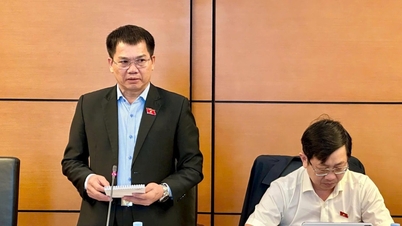
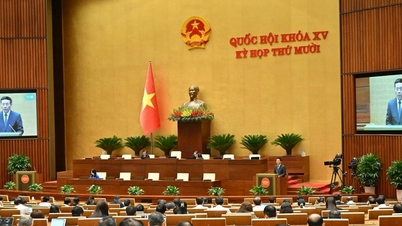



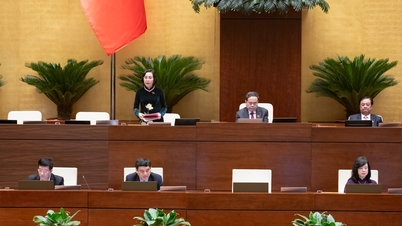
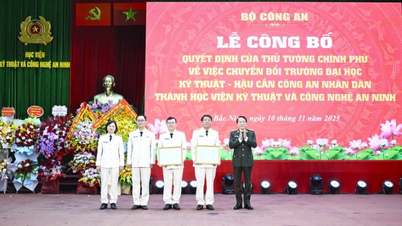



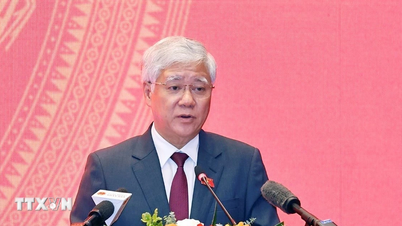

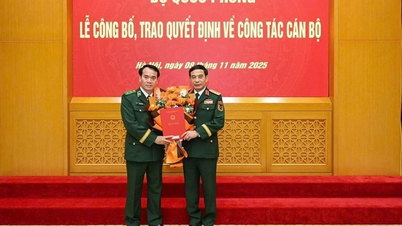





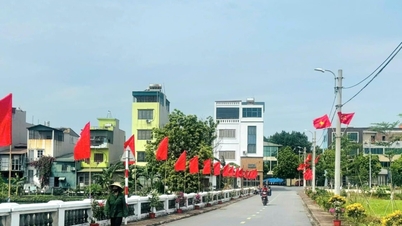
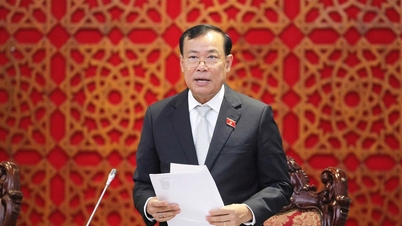



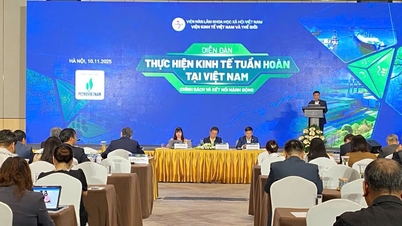









































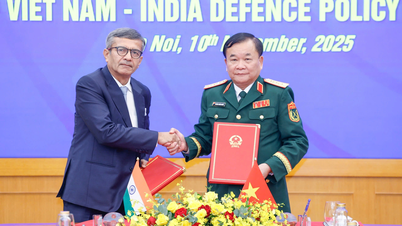




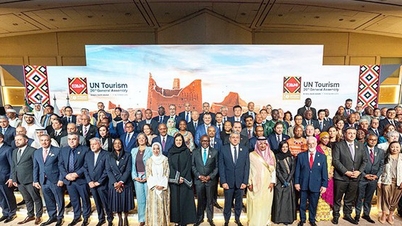







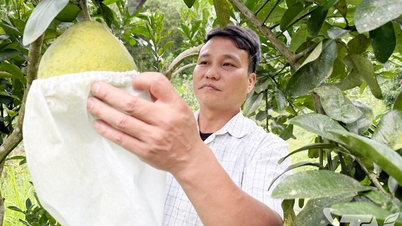




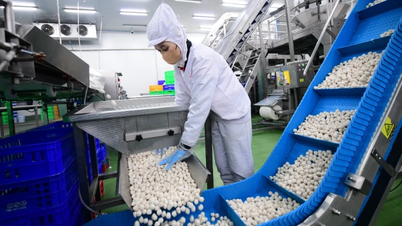




![Dong Nai OCOP transition: [Article 3] Linking tourism with OCOP product consumption](https://vphoto.vietnam.vn/thumb/402x226/vietnam/resource/IMAGE/2025/11/10/1762739199309_1324-2740-7_n-162543_981.jpeg)











Comment (0)